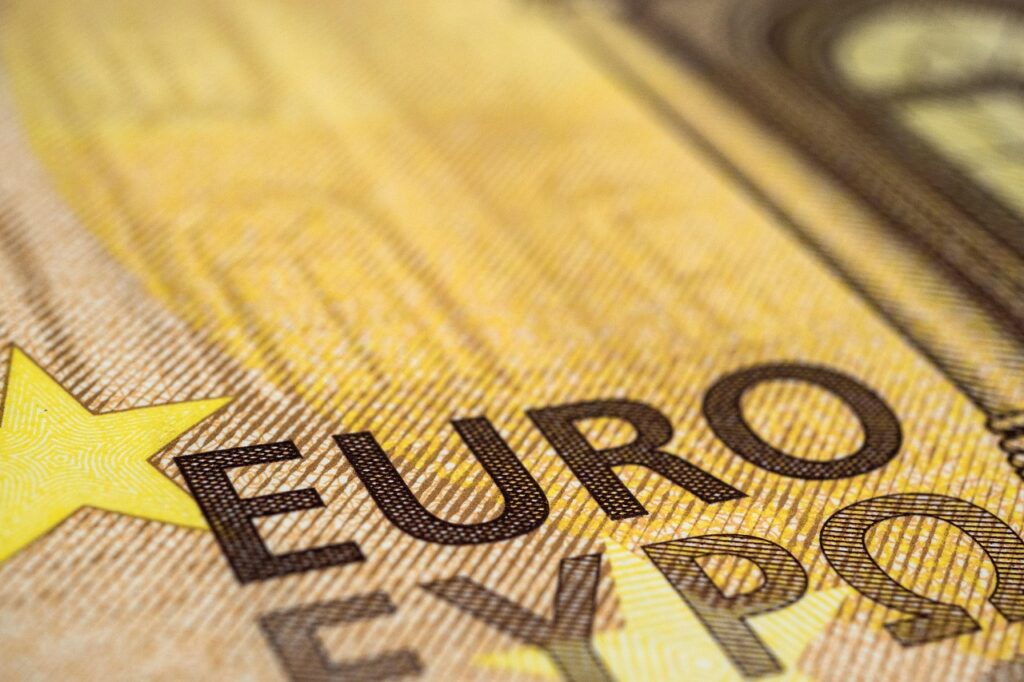With over 14% of the Netherlands’ total CO₂ emissions stemming from its chemical industry, the sector is under mounting pressure to pivot toward sustainable alternatives. Now, €45.7 million in funding for the HyCARB project signals a strategic escalation in the country’s industrial decarbonization efforts, targeting a systemic shift from fossil-based feedstocks to green hydrogen and electrified processes.
Industrial Context and Strategic Imperatives
Despite Europe’s push for net-zero emissions by 2050, the chemical industry remains one of the hardest sectors to decarbonize due to its dependence on fossil hydrocarbons not only for energy but also as feedstock. In the Dutch context, chemicals rank among the top three industrial energy consumers, largely driven by naphtha cracking and syngas production. This entrenched reliance necessitates both technological and infrastructural overhauls—areas where HyCARB proposes targeted intervention.
Backed by the Netherlands Organisation for Applied Scientific Research (TNO), HyCARB—short for Hydrogen and Green Electrons for Carbon-Based Chemistry—brings together a 47-member consortium of universities, research institutions, and industry players. Their shared goal: develop scalable, clean alternatives to traditional chemical processes through innovations in green hydrogen utilization and electrified reactor technologies.
Technological Pathways: Beyond Incremental Gains
HyCARB’s R&D framework focuses on three primary technical avenues: integrated hydrogenation systems, CO₂ electrolysis, and electrically driven high-temperature reactors. Each of these technologies aims not merely to retrofit existing methods but to redefine the thermodynamic and carbon boundaries of chemical manufacturing.
The shift to electricity-based systems—powered by renewables—offers dual decarbonization leverage: displacing fossil combustion and enabling closed-loop carbon cycles when paired with CO₂ capture. Electrochemical CO₂ conversion, for instance, has the potential to transform captured emissions into value-added chemicals, provided challenges in reaction efficiency and catalyst stability are addressed.
However, laboratory success does not guarantee industrial viability. One persistent barrier is the alignment between academic breakthroughs and scale-up readiness—something HyCARB explicitly addresses by embedding industrial partners early in the development cycle. This integration intends to reduce the translational lag from lab bench to plant floor, a known bottleneck in the chemical innovation pipeline.
Workforce and Infrastructure: Laying the Human Foundation
Alongside hardware, HyCARB emphasizes human capital. The project allocates resources for advanced analytical instrumentation and training programs aimed at upskilling technical personnel. This dual investment reflects a broader recognition that infrastructure decarbonization requires not just new machines, but new mindsets and competencies.
Data from the Dutch Ministry of Economic Affairs suggests that over 20% of the current chemical engineering workforce is nearing retirement age. Without a new cohort equipped in electrochemistry, data science, and systems integration, even the best technologies may fail to penetrate industry at scale.
Investment Mechanics and National Strategy Alignment
The project’s financial structure—€35.3 million in public funding matched by €10.3 million in private co-financing—aligns with the Dutch government’s GroenvermogenNL programme, which prioritizes green hydrogen development as a key pillar of the National Growth Fund. This blend of funding sources underscores HyCARB’s dual identity: an R&D accelerator and an economic resilience measure.
Unlike one-off research grants, GroenvermogenNL emphasizes long-term sectoral transformation. As such, HyCARB is expected to report measurable progress in technology readiness levels (TRLs), emissions reductions per unit of output, and integration with national hydrogen backbone plans. Failure to align with these deliverables may jeopardize future funding tranches, making governance and transparency non-negotiable aspects of the project’s execution.
Global Relevance, Domestic Leverage
Although HyCARB is framed as a Dutch initiative, its implications extend across the EU. With Brussels considering the inclusion of carbon-intensity metrics in import tariffs under the Carbon Border Adjustment Mechanism (CBAM), European chemical producers face an urgent need to clean up supply chains—or risk losing competitiveness.
For the Netherlands, success in HyCARB could translate into exportable intellectual property, leadership in green chemistry standards, and increased demand for local engineering talent. Conversely, failure would deepen the country’s dependency on legacy petrochemical pathways and erode climate credibility.
HyCARB is not a silver bullet, but it represents a calculated shot at reengineering one of the most carbon-intensive sectors of the Dutch economy. Through strategic alliances, targeted technology pathways, and coordinated investment, the project illustrates a systemic approach to industrial decarbonization—one grounded in pragmatism, not promises. The stakes are high, and so is the scrutiny.





